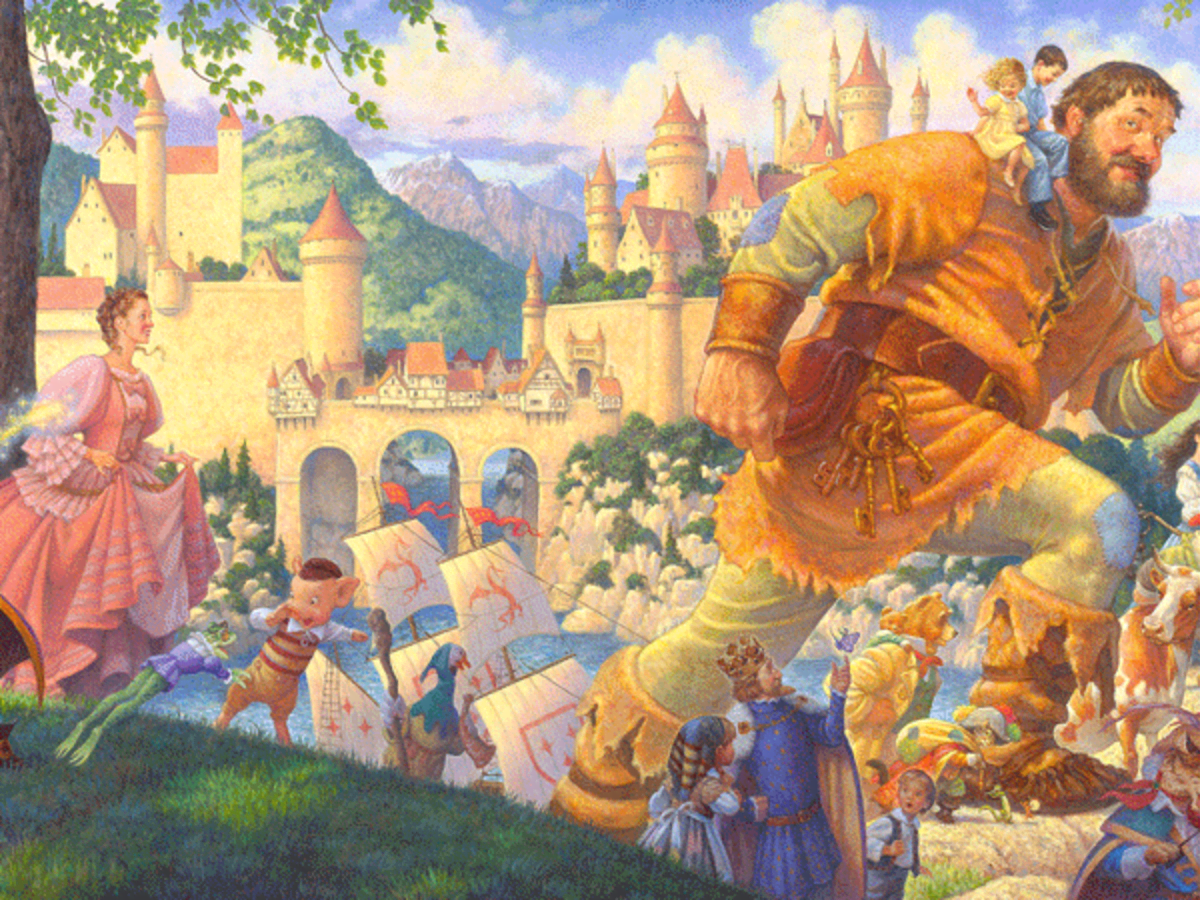Understanding the Differences Between Myth, Legend, and Folklore

Throughout human history, stories have served as a vital means of expressing cultural values, explaining the unknown, and passing down traditions from generation to generation. Among the myriad forms of storytelling, three categories often stand out: myth, legend, and folklore. While these terms are sometimes used interchangeably in casual conversation, they possess distinct characteristics that reflect different functions, origins, and cultural significances. This article explores the key differences between myth, legend, and folklore, shedding light on their unique roles in human storytelling.
Myth: The Sacred Narratives of the Ancients
Definition and Characteristics:
Myths are traditional stories that often involve gods, supernatural beings, and creation stories. They serve primarily to explain fundamental aspects of the universe, such as the origins of the world, human beings, and natural phenomena. Myths are considered sacred narratives within their cultures, holding religious or spiritual significance.Functions:
- Cosmological explanations: Myths answer questions like “How did the universe come into existence?” or “Why do natural phenomena occur?” For example, Greek myths about Gaia and Uranus explain the origins of the cosmos.
- Religious rituals: Many myths underpin religious practices and beliefs, reinforcing social cohesion and shared worldview.
- Moral lessons: Myths often embody moral lessons, illustrating virtues like bravery, wisdom, or piety.
Examples:
- The Greek myth of Zeus and the Olympian gods.
- The Norse creation myth involving Yggdrasil, the World Tree.
- The Hindu stories of Brahma, Vishnu, and Shiva.
Cultural Significance:
Myths are considered sacred truths by their cultures, often passed down through oral tradition, written texts, or rituals, and are central to religious identity.
Legend: The Tales of Human Achievements and Heroes
Definition and Characteristics:
Legends are semi-historical stories grounded in real events or figures but embellished over time. They often focus on heroic deeds, extraordinary individuals, or significant historical events. Unlike myths, legends are typically rooted in the human realm rather than the divine or supernatural.Functions:
- Celebrating cultural heroes: Legends commemorate legendary figures such as King Arthur or Robin Hood, emphasizing qualities like bravery and justice.
- Preserving history: They serve as a form of storytelling that preserves local history and cultural identity, even if some details are exaggerated or fictionalized.
- Inspiring virtues: Legends often aim to inspire listeners or readers by showcasing admirable traits.
Examples:
- The legend of King Arthur and the Knights of the Round Table.
- The tale of Paul Bunyan, the giant lumberjack of American folklore.
- The legend of El Cid, a Spanish hero.
Cultural Significance:
Legends function as a bridge between history and myth, reinforcing community values and offering models of exemplary behavior, even if their factual accuracy is uncertain.
Folklore: The Oral Traditions of Ordinary People
Definition and Characteristics:
Folklore encompasses the traditional beliefs, customs, stories, and practices of ordinary communities. It includes fairy tales, proverbs, songs, rituals, and customs passed orally from generation to generation. Unlike myths and legends, folklore is usually associated with everyday life rather than cosmological or heroic themes.Functions:
- Entertainment: Folklore provides entertainment and a sense of shared cultural identity.
- Social norms: Folktales and proverbs often encode lessons about morality, social conduct, and community values.
- Cultural preservation: Folklore maintains traditions, dialects, and local beliefs, especially in rural or indigenous communities.
Examples:
- Fairy tales like "Cinderella" or "Hansel and Gretel."
- Proverbs such as "A stitch in time saves nine."
- Rituals and customs like harvest festivals or wedding traditions.
Cultural Significance:
Folklore reflects the collective consciousness of ordinary people, often emphasizing the everyday concerns, humor, and wisdom of communities. It is dynamic, adaptable, and usually less formal than myth or legend.
Key Differences Summarized
| Aspect | Myth | Legend | Folklore |
|---|---|---|---|
| Content | Gods, creation, divine beings | Heroic figures, historical events | Ordinary life, customs, fairy tales |
| Basis | Sacred, spiritual truth | Semi-historical, embellished stories | Cultural practices, oral traditions |
| Function | Explain the universe, religious significance | Celebrate heroes, preserve history | Entertain, teach social norms |
| Origin | Religious or spiritual tradition | Community history, oral storytelling | Everyday community practices |
| Factuality | Not subject to verification, sacred truths | Sometimes based on real events, exaggerated | Folk traditions, stories of everyday life |
Conclusion
While myth, legend, and folklore each serve unique roles in the tapestry of human storytelling, understanding their differences enriches our appreciation for the diverse ways cultures interpret their world. Myths provide the sacred foundation for understanding existence; legends celebrate human achievement and history; folklore preserves the customs, humor, and wisdom of ordinary communities. Recognizing these distinctions helps us appreciate how stories shape identity, transmit values, and keep cultural heritage alive across generations.